It seems we can’t find what you’re looking for. Perhaps searching can help.
Sign Up for newsletter!
Subscribe to get the latest eBook!
Hotline






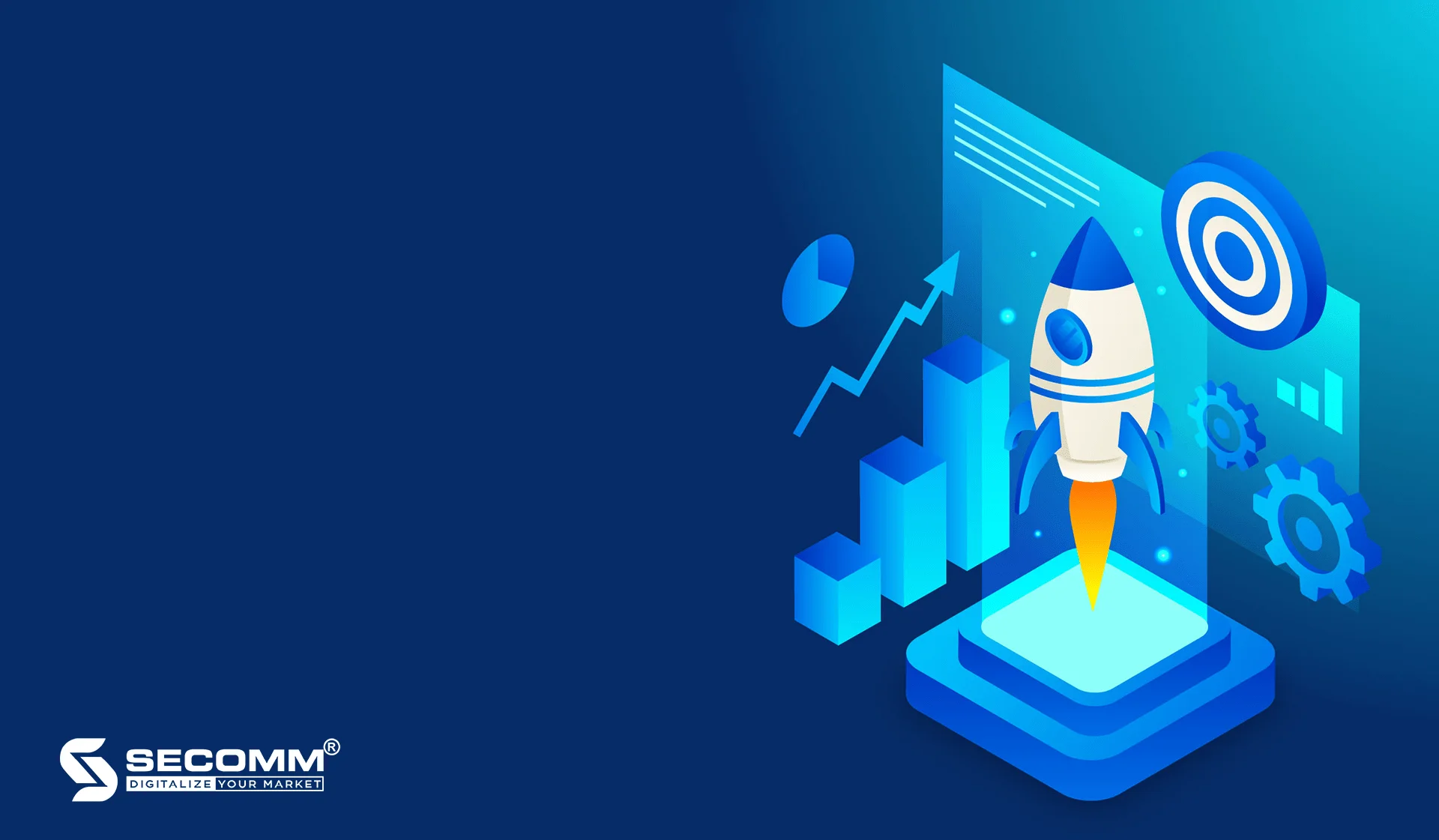
The extraordinary growth of Vietnam’s ecommerce has recently given intriguing opportunities for SMEs. With the continuous innovation of cutting-edge technologies, SMEs have a significant competitive advantage of adaptability – they are willing to make constant changes to seize the chances more expeditiously than long-standing enterprises owning cumbersome processes. However, they may face an extra point of failure if there is no specific execution plan before officially kick-starting the ecommerce journey to catch up with the market’s development.
This article will give a clear visualization of a completed checklist for successful ecommerce implementation.
For a successful and effective ecommerce implementation, all that matters first and foremost is to confirm the core ecommerce business objectives align with the timeline and budget.
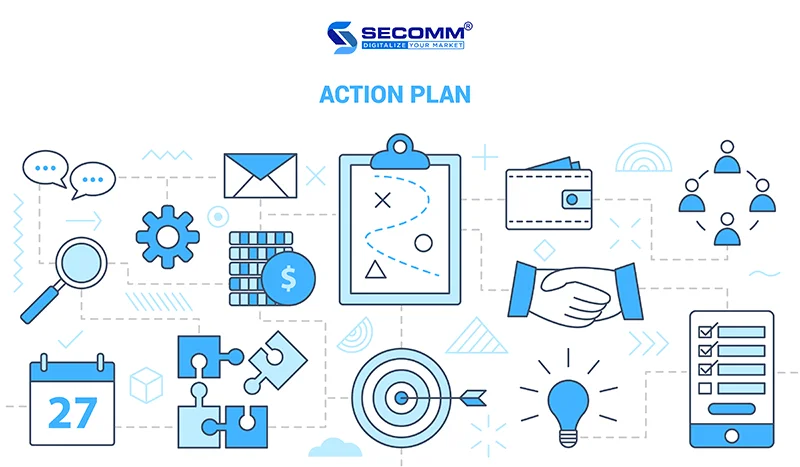
Business needs to examine and compare all objectives between the ecommerce plan and a general business plan to ensure the ecommerce implementation is heading in the right direction. Furthermore, the examination assists them in arranging and prioritizing specific objectives that need to be carried out at every stage. Therein:
Specific timeframes must be planned with the appropriate priority in each ecommerce stage to guarantee all the objectives meet deadlines. Businesses can create an anticipated calendar based on the main stages of an ecommerce journey, which includes: ecommerce planning, development, acceleration, and maintenance. Once a timeline overview is designed, it will be easier to determine the payback period to manage the budget appropriately.
Another essential point to examine before formulating checklists is to review the budget section. For current Vietnamese businesses, especially SMEs, a tight budget plan helps implement an appropriate and effective ecommerce roadmap in both the short and long term.
If the budget is still limited, businesses need to prioritize the implementation of the basic components of the ecommerce system and expand further in the following stages. However, when having sufficient financial resources, businesses can execute a comprehensive plan in every department, and every stage to enhance performance and develop sustainably.
Some considerable ecommerce costs in ecommerce business:
Once having examined ecommerce business objectives, including objectives, timeline, and budget, the businesses can develop a complete checklist to execute the official ecommerce implementation stage.
To officially conduct ecommerce under the law, businesses need to meet the following elementary requirements (based on Decree No. 52/2021/ND-CP and Circular 47/2020/TT-BTC):
Choosing suitable ecommerce products
Businesses need to ensure their products are not on the list of prohibited or restricted items.
Product quality and supply are critical criteria for businesses looking to develop a sustainable ecommerce, and enhance business value and customer reliability. Additionally, stringent product quality control helps significantly restrict counterfeits and low-quality items on the market. Therefore, businesses need to ensure the supplier properly demonstrates the origin and quality of goods by specific documents and information:
Businesses might consider various human resource solutions to ensure that they comply with the ecommerce development plan. Businesses, in particular, can invest in developing with all their internal resources or entirely work with outsourcing partners because ecommerce services, partners, and service providers have developed significantly in recent years and can support businesses in implementing comprehensive and effective ecommerce externally. Furthermore, businesses can combine the use of internal teams with outsourcing partners.
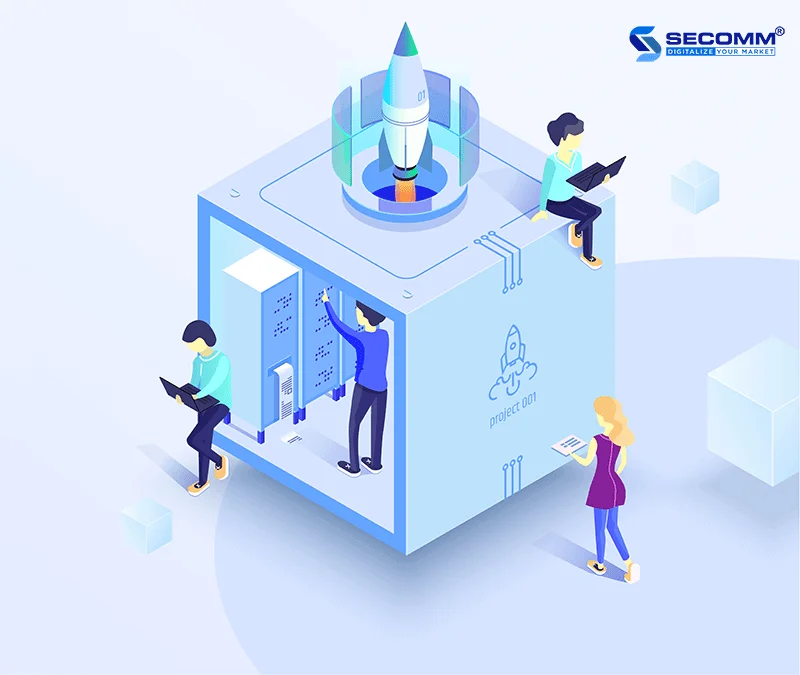
Whether choosing outsourcing or in-house teams, there will be both advantages and disadvantages. Simultaneously, resource usage depends on the business’s budget, size, and long-term objectives. For existing ecommerce models, most businesses tend to associate with outsourcing partners, and resources to operate some of the business processes efficiently. To shorten the timeline while efficiently carrying out the optimal operation, businesses can consider main outsourcing partners for system development, transportation, and marketing. In which:
Infrastructure lays a concrete foundation to maintain end-to-end commerce operations. In detail, the main components in hardware, software, network,… need completing to maximize the business performance.
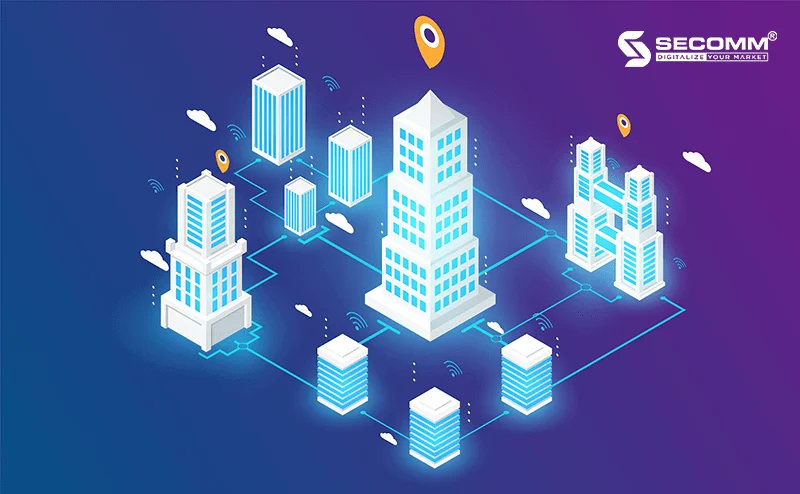
Businesses can leverage Ecommerce platforms to initiate business operations before developing a website channel to test and measure sales effectiveness, while also increasing brand coverage and presence to reach a broader audience.
For ecommerce marketplace channel, businesses can execute the basic implementation plans below:
Website is the core system that businesses need to focus on in the ecommerce implementationstage. The tasks that need completing to develop a comprehensive website system include:
To enhance conversion rates and provide a multi-device user experience, businesses should consider developing an ecommerce application. Given the increasing trend of users shopping through mobile devices, an effective ecommerce app needs to address personalized customer experience factors alongside corresponding ecommerce functions on the website:
Optimizing the warehouse, payment, and shipping systems will support businesses in processing orders, coordinating, and delivering goods quickly as soon as customers complete their orders.
Payment: Businesses need to review the processes on the current system and ensure they operate according to the initial requirements of the business. At the same time, businesses also need to assess the availability and efficiency of the payment gateways currently used on the system (COD, card payment, e-wallets, etc.) to optimize for user convenience.
Warehouse management: Businesses may consider using warehouse management software from ERP systems or specialized software (warehouse management solutions like SWM, ECOUNT, Netsuite, etc.) to control the efficiency of the warehouse system and quickly coordinate order processing processes to shorten the time to complete Ecommerce orders.
Shipping: Businesses can use transportation support software to ensure that the delivery process is accurate and fast. At the same time, businesses can implement express delivery programs, same-day delivery, delivery within 2 hours, etc., to boost transportation efficiency and provide an optimal experience for customers.
Solutions that help optimize accurate and fast transportation efficiency include:
To promote brand positioning, optimize conversion efficiency, and maximize business effectiveness, businesses need to prepare a comprehensive plan for deploying Ecommerce Marketing.
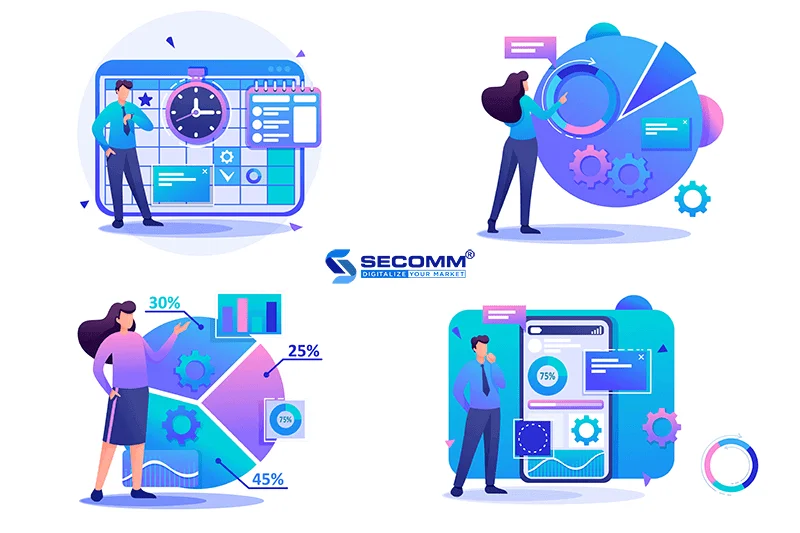
An ecommerce website system that is optimized for SEO before its official launch greatly supports increasing search rankings and the visibility of the website. Additionally, SEO is an important factor in optimizing the user experience. To ensure that the SEO functionality works effectively throughout the system, businesses can assess through the following criteria:
Businesses need to focus on building their brand presence on social media to pave the way for product marketing campaigns. Increasing the brand’s visibility on social media channels such as Facebook, Instagram, X (Twitter), etc., helps reach a broader audience, aims to educate users about the brand, and creates stronger attention when launching the official ecommerce platform.
A smart and effective email plan helps businesses maximize conversion rates and develop a long-term network of loyal customers. A comprehensive email system needs to be continuously deployed to nurture the customer’s buying journey, including:
Paid advertising channels play a crucial role in ecommerce marketing strategies, providing optimal conversion efficiency and rapidly driving sales growth. Businesses can leverage various forms of paid advertising to reach and attract a broader audience using popular channels such as Google Adwords, Facebook, Instagram, Coc Coc, Zalo, YouTube, and Affiliate Marketing.
After deploying ecommerce marketing channels, it’s essential to capitalize on the existing marketing effectiveness to continue optimizing business and conversion capabilities in the customer funnel.
Using financial software helps businesses control and manage transaction data related to orders and customers more efficiently, providing effective support for lookup processes and quickly addressing complaints and issues arising from orders. To choose suitable electronic invoice software for ecommerce financial management processes, businesses can consider the following criteria:
Integrating management systems helps businesses improve operational efficiency and ensure seamless integration between the ecommerce system and various resource and process management systems within the enterprise. Depending on the needs, budget, and business model, businesses can choose to integrate key management systems such as human resources management, customer management, supply chain management, financial management, and production management, or use comprehensive Enterprise Resource Planning (ERP) solutions to maximize operational efficiency for the business.
During the business optimization phase, the focus should be on customer experience and personalization in the customer journey. Therefore, a seamless and synchronized multi-channel ecommerce operation process from a centralized management system will be an optimal plan for effective revenue.
A synchronized and unified multi-channel management system will support businesses in:

Additionally, during this phase, businesses also need to upgrade the performance of the current system and develop highly specialized and complex functions to maximize the ecommerce system, support personalized customer experiences, and maintain loyal customers, thus optimizing the long-term sustainability of ecommerce business efficiency.
To successfully deploy ecommerce, a comprehensive checklist system will prepare the business thoroughly before officially initiating, developing, and optimizing operations. However, this preparation process requires significant investment in both budget and time to ensure that the ecommerce plan progresses on schedule, bringing short-term and long-term business effectiveness.
The challenges of time and budget for implementation and ecommerce business operations are significant barriers for most small and medium-sized enterprises (SMEs). Moreover, in the current boom of the ecommerce market, businesses also need to develop a complete ecommerce system quickly to keep up with the market.
In addition, SMEs also need to implement specific operational plans, and continuously improve the performance of the system, technology, processes, and resources to maintain business momentum and meet the demands of the digital market.
 2
2
 5,337
5,337
 0
0
 1
1Subscribe to get the latest eBook!
Hotline